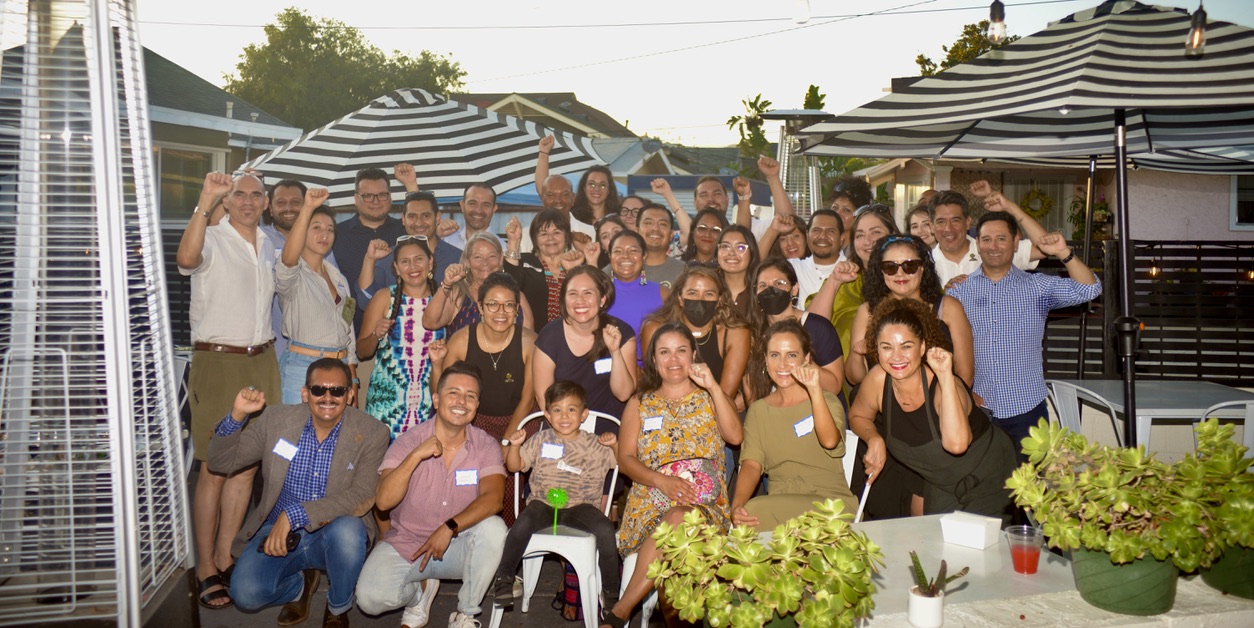Milestones in Motion: A Recap of the Year's Top Transportation Triumphs
As we approach the end of 2023, our Sustainable Communities program reflects on the accomplishments in the transportation sector throughout the year. From the introduction of new federal regulations addressing tailpipe emissions to the enactment of clean vehicle legislation at the state level, this year has brought about significant victories while highlighting the ongoing efforts needed in the upcoming year.
Let’s share with you our key transportation highlights of the year from our Sustainable Communities program!
1. EPA releases new rules reducing vehicle emissions.
In April, the U.S. Environmental Protection Agency (EPA) unveiled new tailpipe emissions standards for light- and heavy-duty vehicles- making them the strongest regulations to date. This mandates that car manufacturers limit the pollution produced by the vehicles they sell, driving companies to embrace cleaner vehicle technologies to comply with these regulations. The EPA’s announcement was noteworthy, considering transportation makes up 30% of total emissions in the U.S. The revised standards provide a pathway towards addressing the unequal impact of transportation emission on frontline communities, often residing in close proximity to major roadways. The EPA predicts a 75% reduction in car and light truck emissions by 2030, offering substantial potential to enhance overall health and well-being.
The rulemaking was released shortly after our targeted ad campaign, created in collaboration with the Center for Biological Diversity, urging the Biden administration to urgently invest in clean vehicles and pressuring automakers to address the pollution caused by their gas-powered cars. Our efforts included a full-page ad in the New York Times and a video campaign on social media, reaching thousands online. Subsequent to the announcement, the EPA initiated a public comment period for individuals to express their opinions on the rulemaking. Our GreenLatinos Sustainable Communities team actively participated in both EPA-hosted hearings, emphasizing the crucial role strong emission standards play in safeguarding the health of the Latino community.
Of course, we did not stop there! We joined forces with the Center for Biological Diversity again on a sign-on letter, further urging the Biden administration to significantly reduce emissions from gas-powered vehicles. This initiative garnered support from a total of 140 organizations.
2. We joined the route to zero emission vehicles.
In collaboration with 26 other organizations, GreenLatinos sponsored and helped initiate the Route Zero Relay—an electric vehicle road trip spanning the nation from Los Angeles to DC. The purpose of this relay was to deliver public comments to the EPA headquarters, advocating for the implementation of the most robust clean car standards. Along the trip, which began at the original starting point of historic Route 66, stops were made in 9 states. At each location, a press conference was held to highlight the importance of reducing tailpipe emissions and widespread EV adoption. We sponsored bust station advertisements in DC as part of this campaign to spread awareness. At the end of the relay, over 130,000 were delivered to the EPA. This was definitely an electrifying campaign to take part in!
3. The Biden Administration updates CAFE Standards.
During the summer, the National Highway Traffic Safety Administration (NHTSA) unveiled a proposed hike of fuel economy standards by 2032. The plan entails increasing Corporate Average Fuel Economy (CAFE) requirements annually by 2% for passenger cars, 4% for light trucks, and 10% for heavy-duty trucks. According to NHTSA, this proposal is expected to conserve approximately 88 billion gallons of gasoline by 2050, translating to savings of $52 billion and a reduction in carbon dioxide emissions by 900 million tons. These updated CAFE standards are designed to complement the EPA's recently proposed tailpipe emission standards. In a collective effort, 21 organizations joined us in urging NHTSA to implement robust fuel economy standards to alleviate the pollution burden on Latino communities.
4. More states move to adopt Advanced Clean Car II regulations and clean vehicle standards.
This year, three additional states have embraced the Advanced Clean Cars II (ACC II) regulation, which mandates automakers to increase the percentage of zero-emission vehicle (ZEV) sales. Originally created in California in 2022 with an ambitious target of achieving 100 ZEV sales by 2035, ACC II or similar regulations have now been adopted by New Mexico, New Jersey, and Delaware. New Jersey will fully implement the rule in mid December, while New Mexico and Delaware will establish regulations to achieve 82% of ZEV sales by 2032. In collaboration with the Natural Resources Defense Council, we released a fact sheet highlighting the benefits of implementing ACC II in New Jersey, along with equity-focused recommendations.
Additionally, there are notable wins in reducing emissions from heavy-duty diesel trucks. New Mexico embraced Advanced Clean Trucks (ACT) and Heavy-Duty Low NOx standards. California passed the Advanced Clean Fleets regulation, aligning with Governor Gavin Newsom's 2045 goal for full zero-emissions truck transition. Both of these regulations anticipate billions in benefits and a significant reduction in annual greenhouse gas emissions.
5. What’s to come in 2024?
This year we witnessed a genuine push for more clean vehicles on the road. There is much to look forward to and lots to take action on in the coming year. Several states are yet to embrace both state and federal legislation promoting clean vehicles. Notably, states such as Arizona, Illinois, Nevada, and Texas, where there is a significant Latino population, stand to gain considerable health benefits and consumer savings, as detailed in our fact sheet.
We are also excited to see more states revising their National Electric Vehicle Infrastructure (NEVI) plans, delineating strategies for expanding electric vehicle (EV) charging station networks. We can’t wait to see the outcomes and community benefits resulting from these updated NEVI plans. This year, we collaborated on a report outlining ways to enhance the equity of state NEVI plans, ensuring that communities receive their due benefits.
The momentum surrounding the adoption of ACC II is expected to persist into the new year, and we aspire to see an emergence of more clean mobility options as a direct outcome of this adoption. To this end, we have outlined ways in which these clean mobility programs can work in tandem with ACC II adoption, placing communities at the forefront of the entire process.
As we close the chapter on a big year in the realm of electric vehicles, it is promising to reflect on the strides made in advancing clean and sustainable mobility. From increased adoption rates to legislative milestones, the electric vehicle landscape has seen amazing accomplishments. The journey toward a greener tomorrow is ongoing, and we eagerly anticipate even greater milestones in the coming year.




